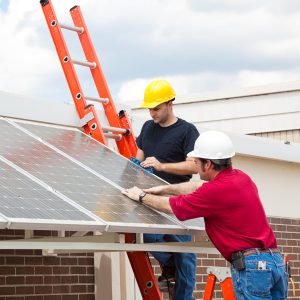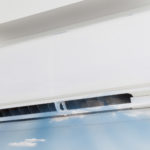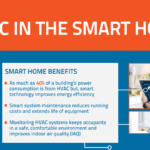The biggest contributor to greenhouse gas (GHG) emissions isn’t cars but buildings. Housing is responsible for about 54% of GHG while transportation releases about 42%. According to a government of Australia paper, a typical HVAC system accounts for approximately 40% of total building consumption.
In the coming years, energy efficiency will become more important to homeowners. Temperatures are increasing and hotter summers will mean a need for more cooling in homes and offices. Cooling systems will increase energy demand, placing stress on the energy infrastructure and increasing GHGs.
For older buildings, improving energy efficiency and switching to low carbon energy systems such as solar that can reduce greenhouse gases from buildings. In new buildings, we’ll see the adoption of higher standards of energy efficient design and construction.
As an HVAC installer, here are a few things to know about the changing green home climate.
Energy
In its efforts to lead the way in urban green initiatives, the City of Vancouver has adopted the most stringent energy efficiency building standard in the world: The Passive House standard. The fastest-growing energy performance standard in the world, it allows for energy savings by up to 90%, compared to typical building stock, and over 75% compared to new builds. Adopting the standard will help the City achieve its goals of reducing emissions by 33% by 2020, and to be 100% renewable with an 80% reduction by 2050.
Passive design requires accessing as much solar heat as possible. Buildings are placed to allow for maximum solar energy and to minimize window area on the shady side. Inside, unnecessary surface area is also reduced.
Airtight building envelopes, double-thickness walls and triple-glazed windows contribute to energy savings. “If you’re in a one- or two-bedroom apartment, you can heat it with a hair dryer,” says Rob Bernhardt, CEO Passive House Canada. One West Vancouver couple have taken passive design to the extreme: in their new build, they’ve included a $2000 energy-efficient cat door.
Along with design, energy-efficient lighting, low-energy appliances, and technologies such as solar panels can also contribute to a green home climate.
Solar panels, aka photovoltaic panels, convert the sun’s rays into electricity. But while many home builders are optimistic about solar panels, challenges remain for its widespread adoption. Many cities, including Vancouver, require a permit, and buying and installing them remains an expensive option for most homeowners, especially for those who live in areas with less sunshine.
Ventilation
Ventilation contributes to the health of both a home and its inhabitants by effectively eliminating contaminants and excess humidity.
An energy efficient way to maintain indoor air quality without too much heat loss or gain is through the use of a heat recovery ventilator, or HRV, or energy recovery ventilator (ERV).
Both are air circulation systems that remove stale inside air in exchange for fresh outside air and are designed to warm the incoming air with the outgoing air. ERVs also capture some of the humidity in the air to keep it on the same side of the thermal envelope from where it originated. This helps keep the ambient humidity level at a reasonable value.
Which system to choose from depends on whether the home is excessively humid in the winter (HRV) or not (ERV).
Air conditioning
Better refrigerants, fans, compressors and ducts are making new AC units safer and healthier in a home environment. They’re also more energy efficient than they were 10 years ago. Then, an AC unit’s average SEER rating (the maximum cooling efficiency of an air conditioner) was 10. Today, SEER rates new air conditioners from 13 (lowest efficiency) to 25+ (highest efficiency).
These are some of the innovations that are contributing to a greener building climate. As we see more demand from the public, and more innovations from industry, we’ll also see designers, builders and contractors play a more vital role in making our homes more sustainable.




